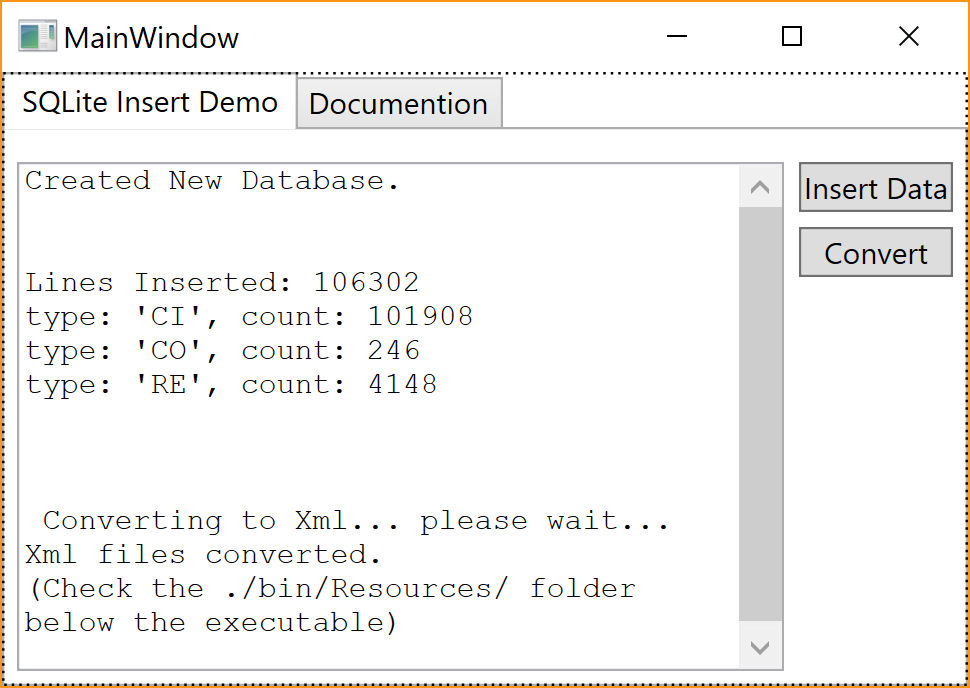

- #SQLITE STORED PROCEDURES ALLOWED HOW TO#
- #SQLITE STORED PROCEDURES ALLOWED UPDATE#
- #SQLITE STORED PROCEDURES ALLOWED CODE#
That means different databases have different ways of creating and calling a Stored Procedure. The above process of creating and calling a stored procedure is just a general process. The general syntax for creating and calling a stored procedure is as shown below: CREATE PROCEDURE procedure_name AS sql_statement GO Īnd the resulting output is: EXEC procedure_name

Stored procedures can also provide an additional layer of protection against SQL Injection. They give better control of permissions which means users can be limited to specific columns and rows in a table. These risks can be avoided by using stored procedures to define things that you want those who have access to the database to do. Disgruntled employees with access to the database can also decide to trash or delete some of your business-critical data. Giving direct access to these tables to anyone is not a good idea because someone can decide to commit fraud or steal personal information to commit identity theft.

Let’s say, for example, that your database has tables with financial data or any sensitive data like social security numbers. This can be helpful in protecting sensitive data in a database. Using stored procedures to limit access to a database makes the process easier to design and manage. That means that someone cannot directly write SQL queries that do what they want to the database table.
#SQLITE STORED PROCEDURES ALLOWED UPDATE#
Stored procedures can be used to allow access to some parts of a table in a database while denying direct select, insert, update and delete operations against the table. But before I do that, let us go through how stored procedures can be a secure and safe way to give access to your database.
#SQLITE STORED PROCEDURES ALLOWED HOW TO#
In this article, I will show you how to secure data using a stored procedure.

Some of the benefits offered by stored procedures are: Properties of this class correspond to result set columns selected in the wizard pare illustrated above.A stored procedure is a set of SQL statements with an assigned name, which can be stored for later use so it can be reused and shared by multiple programs. The Result is a non-persistent class generated by the wizard which represents the stored procedure result. This method also has an overload that also calls the stored procedure but fills the XPDataView object passed to it as a parameter. This class exposes the following static methods that wrap the Session.ExecuteSproc and Session.GetObjectsFromSproc methods: Method NameĬalls the stored procedure via the Session.ExecuteSproc method and returns a result set.Ĭalls the stored procedure via the Session.GetObjectsFromSproc methods and returns a collection of Result objects.Ĭalls the stored procedure via the Session.ExecuteSproc method and returns a XPDataView class instance containing the Result objects that are results from the stored procedure execution. The wizard generates the static SprocHelper class located in the StoredSprocHelper.cs ( StoredSprocHelper.vb) file. When the Import stored procedures option is enabled, the following wizard page is activated.
#SQLITE STORED PROCEDURES ALLOWED CODE#
To simplify implementation, the Data Model Wizard can optionally generate all the required persistent classes and DDL (Data Description Language) code for views, triggers, and stored procedures. You can use the following methods to call stored procedures: Direct Calling of Existing Stored Procedures Support for stored procedures in XPO includes the following capabilities.


 0 kommentar(er)
0 kommentar(er)
